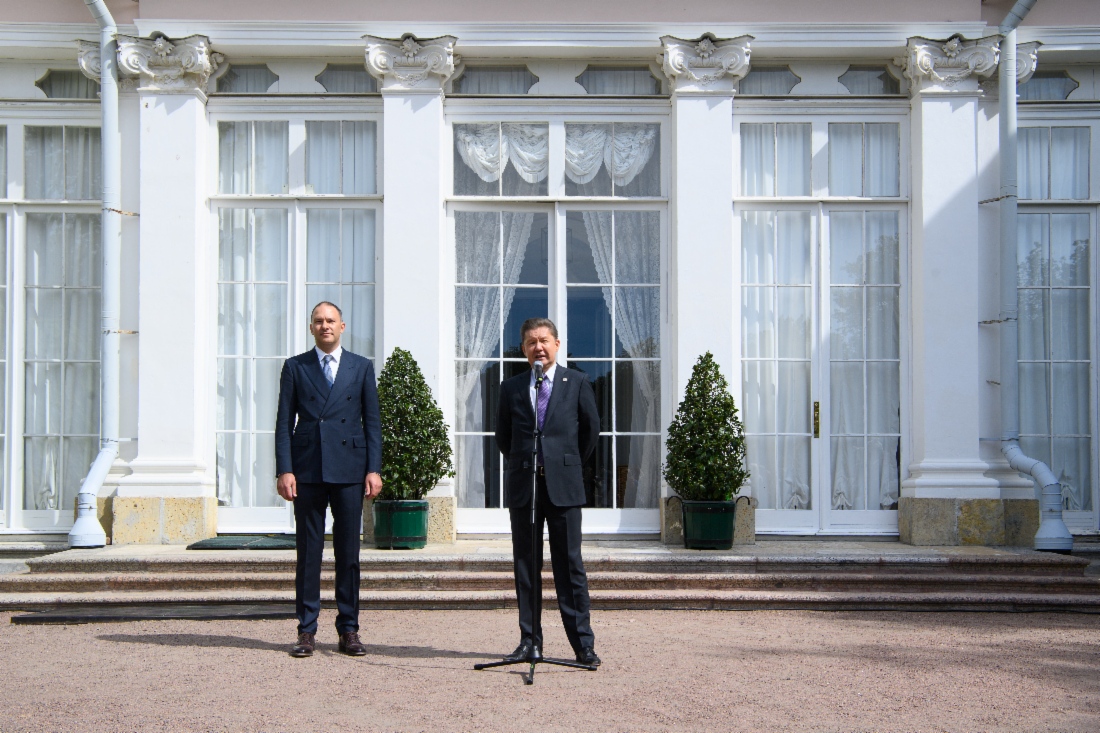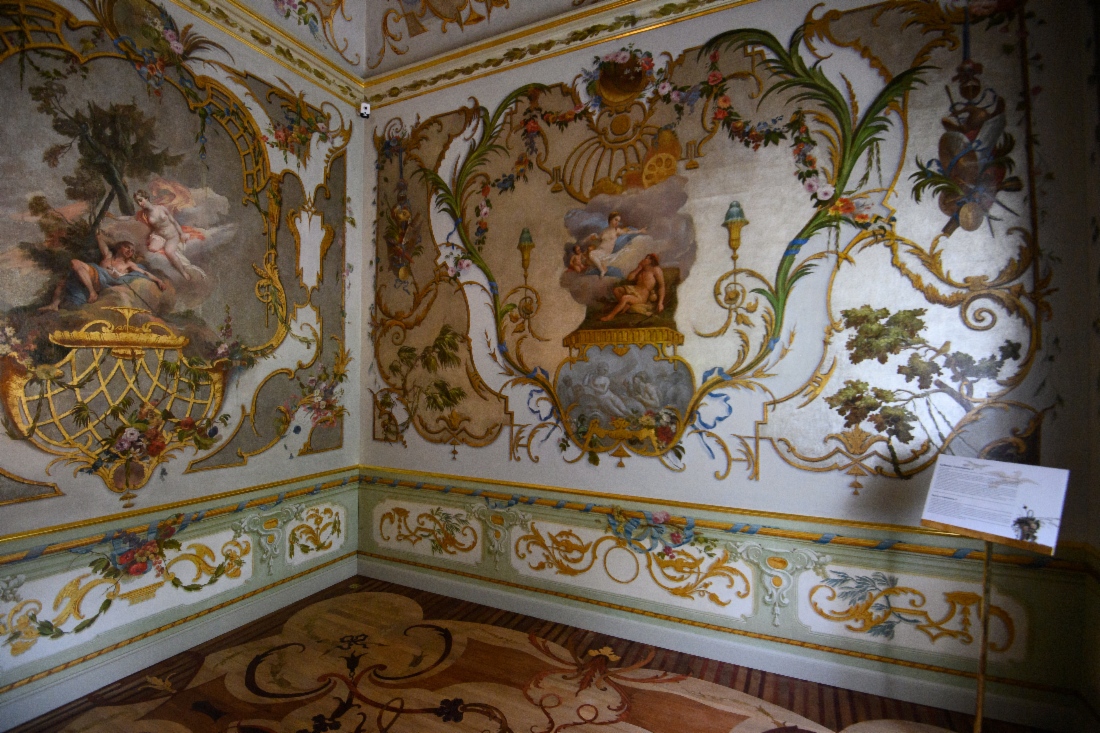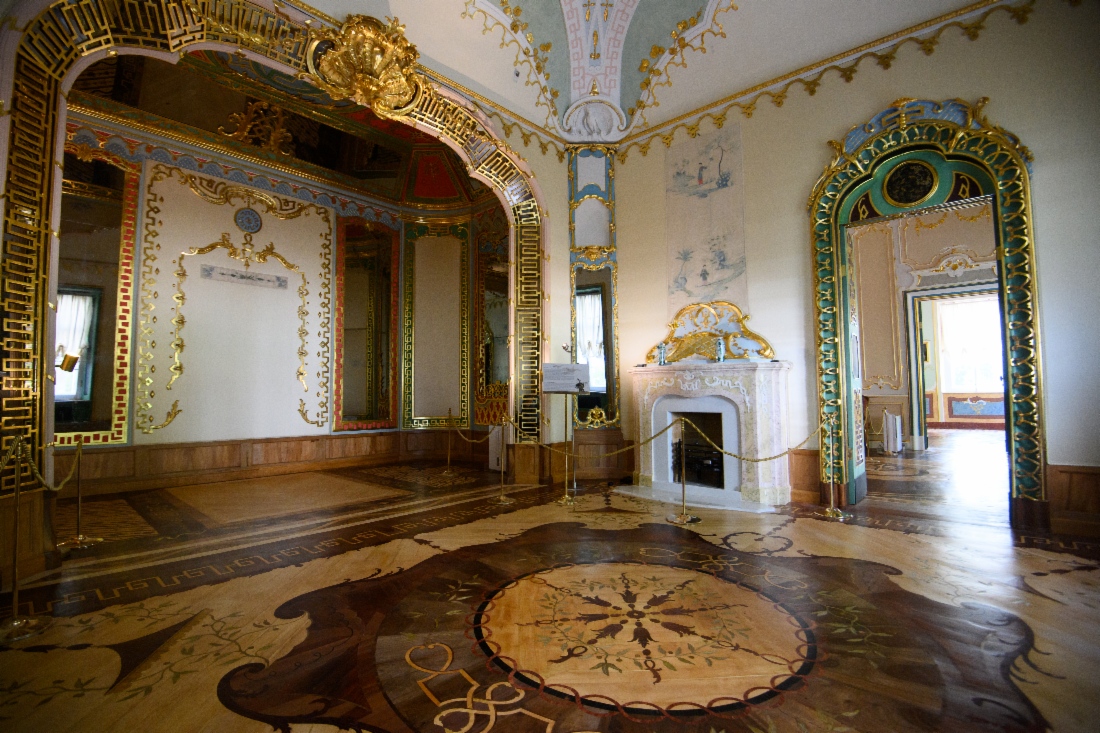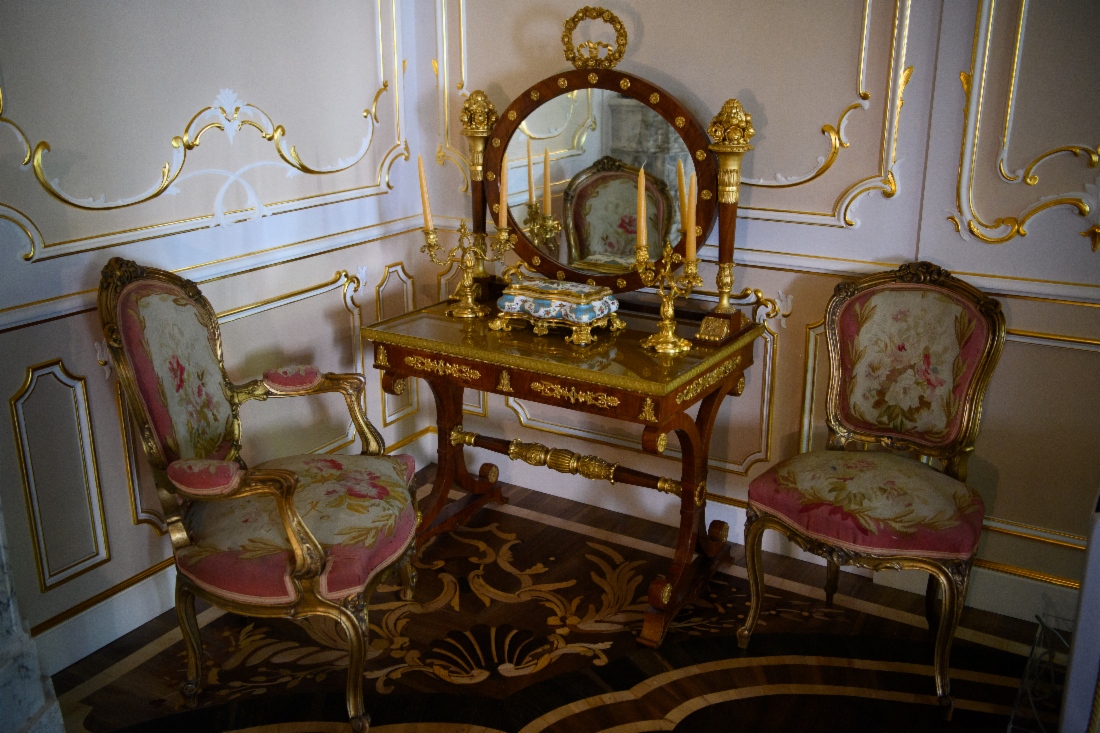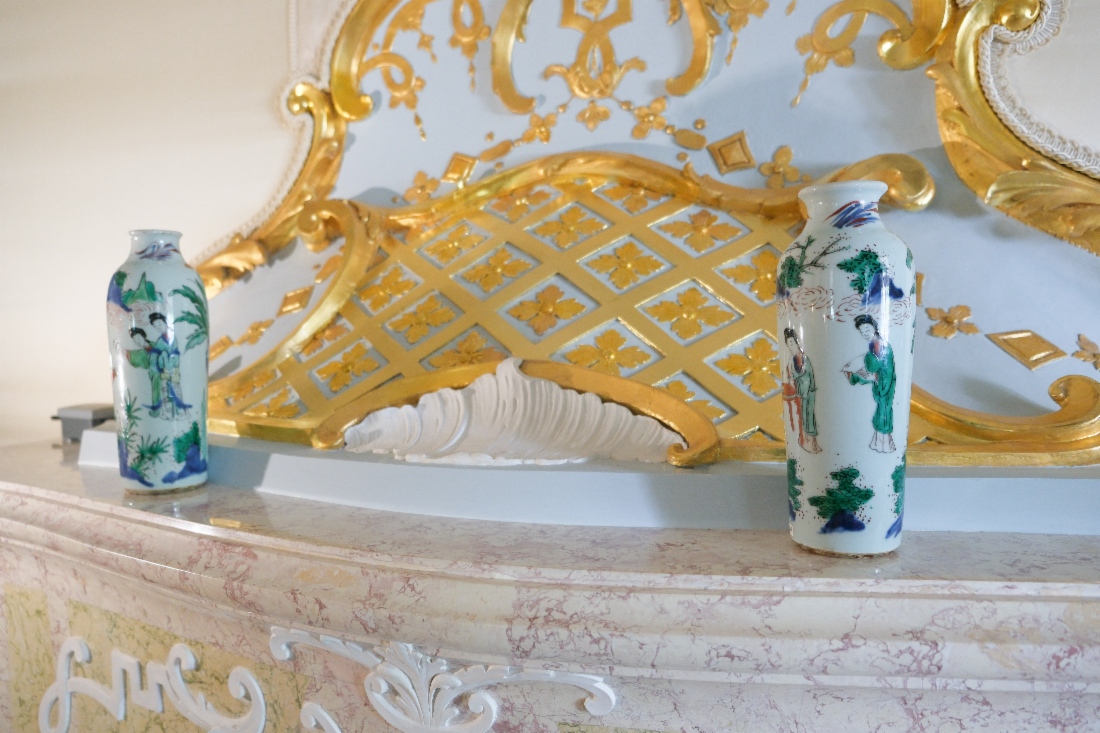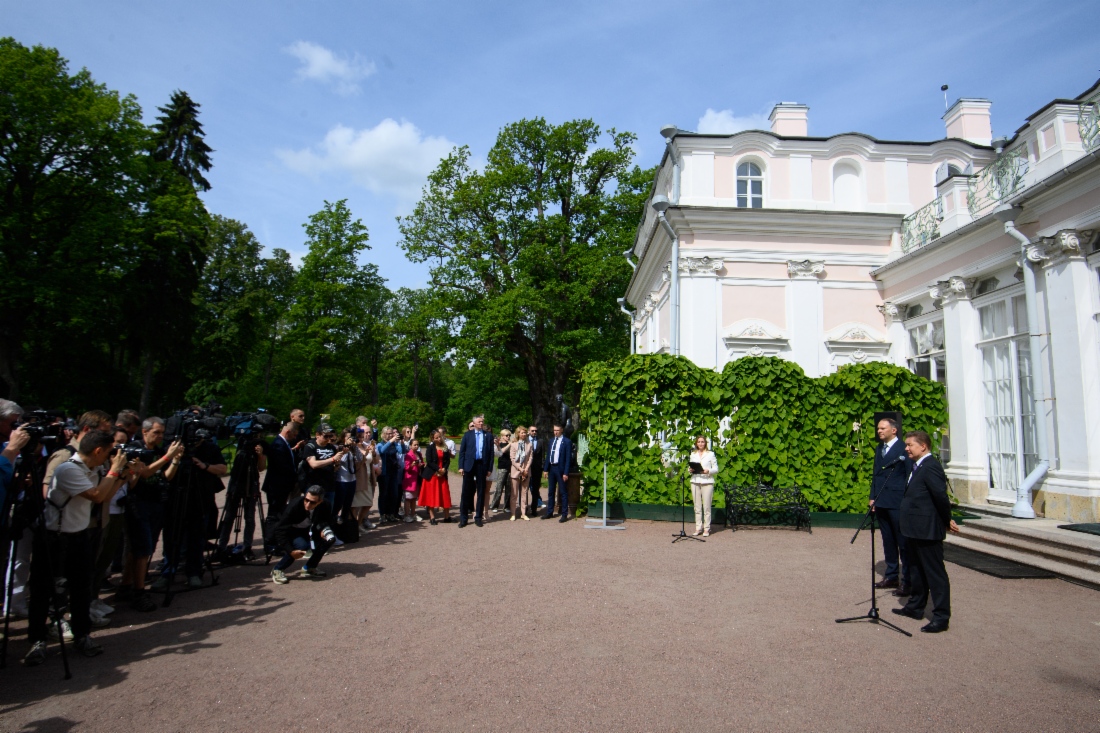Chinese Palace in Oranienbaum opens after comprehensive restoration carried out with support from Gazprom
RELEASE
Release
The Chinese Palace built in the 18th century for Empress Catherine II was reopened today in Oranienbaum after a comprehensive restoration.
Taking part in the opening ceremony were Alexey Miller, Chairman of the Gazprom Management Committee, and Roman Kovrikov, Director General of the Peterhof State Museum Reserve.
The large-scale restoration works were performed in the years 2007–2024 with support from Gazprom. All 17 staterooms of the palace are now open to the visitors: the Blue Drawing Room, the Hall of Muses, the Glass Beaded Salon, the Pink Drawing Room, the Wardrobe Room, the Front Room, the Great Hall, the Fabric Bedchamber, the Boudoir, Paul I's Study, the Stucco Room, the Small Chinese Salon, the Large Chinese Salon, the Chinese Bedchamber, the Dressing Room, the Portrait Room, and Catherine II's Study; as well as three additional rooms: the Big Antechamber, the Small Antechamber and the Gallery.
During the restoration of the halls that had survived the Great Patriotic War, their original elements were preserved as much as possible. The interior items and furniture held by the museum were restored and returned to their original places. In addition, the fabric decorations of the Chinese Palace were restored and unique authentic household items – two armchairs of the 18th century and a bed for the Fabric Bedchamber – were purchased as part of the restoration activities.
A special challenge presented by the restoration project was to create a microclimate required for further preservation of the palace rooms. To that end, modern engineering systems were integrated into the structure of the historic building in order to maintain the optimum humidity and temperature.
Under the Friends of St. Petersburg project, which is run by Gazprom, the specialists of the Peterhof State Museum Reserve were holding master classes for the students of industry-specific universities during the restoration of the Chinese Palace.
“The Chinese Palace is a unique restoration project and an architectural masterpiece of international significance in the Rococo style. It is the only palace in this style in Russia.
Seventeen years ago, the Peterhof State Museum Reserve and Gazprom signed the Agreement on the comprehensive restoration of the Chinese Palace and reconstruction of all its interior halls and rooms. The restoration activities were performed in a stepwise manner.
And, today, we make a final step in this project. And we can rightfully say that the Chinese Palace has already become a place of attraction and a new must-see point of interest for the residents and numerous guests of St. Petersburg.
The museum staff, artisans and young specialists from the Leningrad school of conservation have been working to restore the Chinese Palace. And we would like to say a great thank you to all employees of the museum for supporting the initiatives and for the fruitful work on this joint project,” said Alexey Miller.
Background
The Oranienbaum park and palace ensemble is the only park and palace residence to have come out unscathed from the Great Patriotic War. In the postwar period, the Chinese Palace was left unrestored and gradually fell into disrepair because conservation specialists focused their efforts on restoring major Peterhof assets that had been destroyed during the war.
In 2020, the live-action VR film “The Chinese Palace. Legacy of the Empress” was shot. It takes the viewer on a virtual tour of the palace alongside Empress Catherine II.
In 2021, the Agreement of Cooperation was signed between Gazprom and the Peterhof State Museum Reserve for the preservation of cultural heritage and development of the Peterhof State Museum Reserve. The document provides both for implementing the existing joint initiatives and enhancing cooperation.


